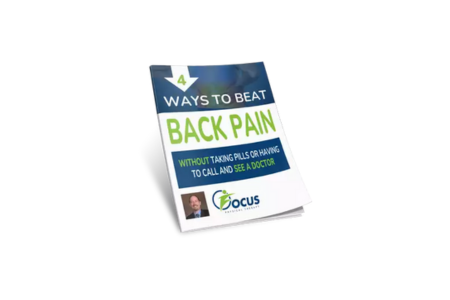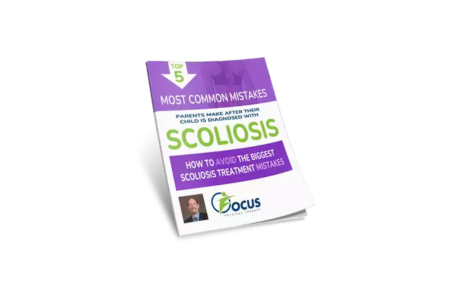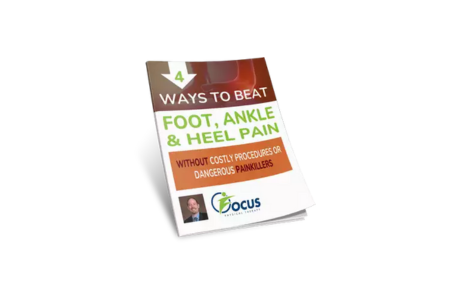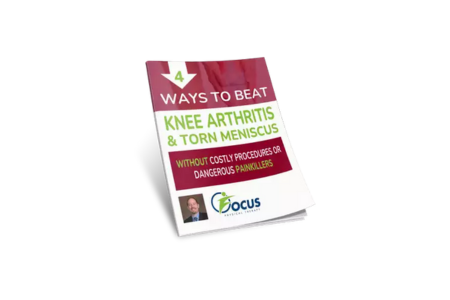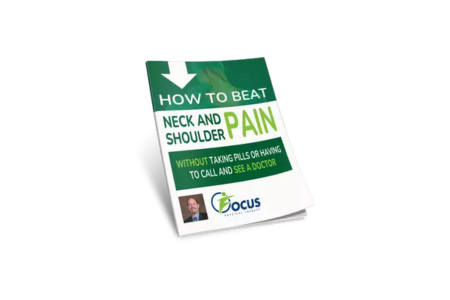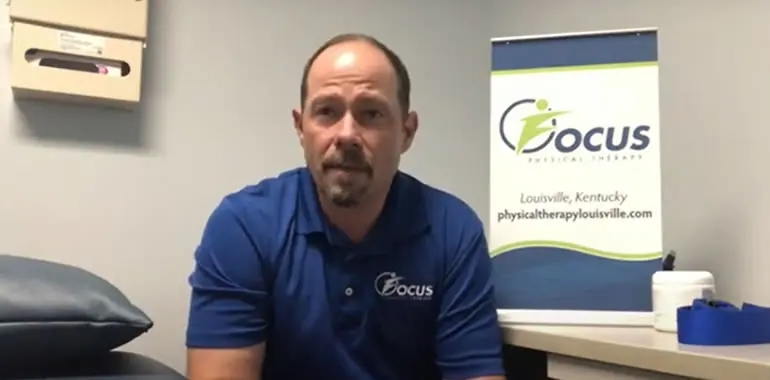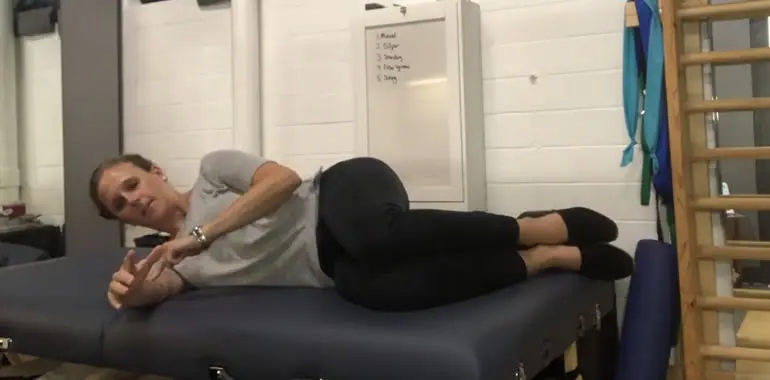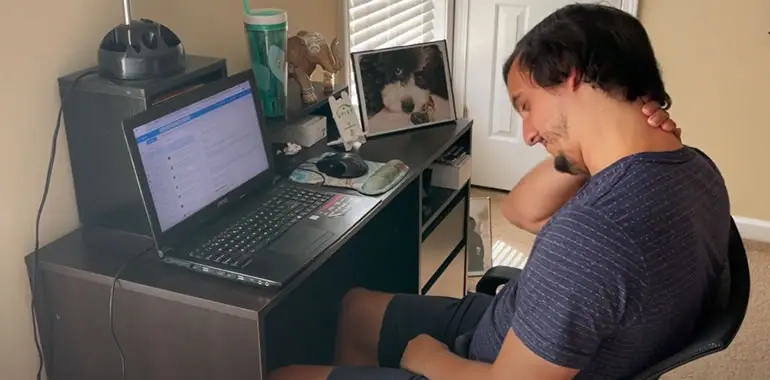We’ll help you make a unique and specialized plan to maximize your health benefits.
Running Tips That Everyone Should Know
- Dr Brad Conder

Lao Tzu summed it beautifully with his famous quote, “A journey of a thousand miles begins with a single step.”
This sentiment certainly applies to running. Because even if your goal is long and challenging and “many miles away from where you are now.”
Determination and sticking with it will get you there in the end. Almost everyone can run with pace, gait, and mindset adjustments and the help of a physical therapist.
So, whether you want to win medals at marathons or do it to remain active and healthy, running is a great way to exercise it if you do it properly.
Even if you don’t feel like you can run, getting “laced up” and going for it helps to build your confidence and motivation.
Over time, tackling longer distances and achieving faster speeds are real confidence boosters. So, it’s not only a good way to train your body.
It’s also a great way to work on your mindset by setting and achieving personal goals.
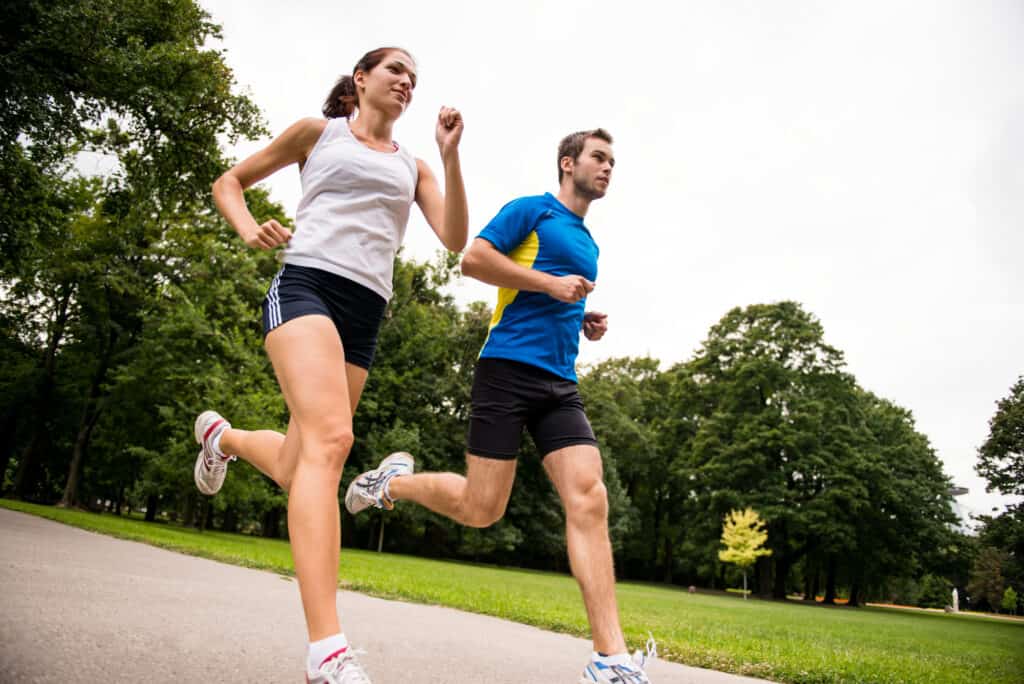
What Are The Benefits Of Running?
Reducing your risk of cancer: Exercise and running can slash your risk of bowel cancer and other cancers by up to 50%.
Better bone density and reduced risk of osteoporosis: When you run regularly, you help protect your bones’ density and prevent age-related bone thinning.
Better blood sugar control: Using your muscles through running or other exercises helps prevent blood sugar spikes. In addition, a regular running routine can help reduce your risk of Type II diabetes and manage the symptoms of polycystic ovarian syndrome (PCOS): obesity and infertility in women.
Managing stress: Running has a calming effect on the nervous system. It also has an uplifting effect, especially if you run outdoors, that can help to reduce the symptoms of anxiety and depression.
Better blood circulation: When you exercise (run) and build new muscles, your body makes new blood vessels, which improves your circulation, amongst many other health benefits. Running can also reduce your risk of heart disease by as much as 35% by increasing your lung capacity and improving cardiovascular fitness.
Weight loss: Running is great for weight loss because it burns calories and helps to reduce the insulin resistance that can contribute to obesity.
Increased lung capacity and improved cardiovascular fitness
To become a successful runner – and for it to get easier, you need to have a plan reflecting your objective for starting. Is it weight loss? Physical health? Mental health? All the above?
But whatever your goal and reason for running, strong willpower, patience, and practice will eventually get you where you aim to be.
Are you ready to go?

Our Top Running Tips
Choose a quiet route: Avoid those overcrowded, frequently trodden routes and instead look for a quiet route that is safe and suitable to run in all kinds of weather.
If you have no option but to run on the road without an adjoining footpath, make sure to run in the direction opposite the traffic.
If you opt to run indoors on a treadmill, start at a slow pace and avoid holding the handrails as there always is a risk of injury.
Maintain a controlled pace: Controlling your pace is one of the most important factors in running. If you go too fast, you’ll wear yourself out too soon and need to stop.
On the other hand, if you run too slowly, you won’t improve your cardiovascular fitness or running time.
You can safely increase your pace if you can sing a song while running. Alternatively, if you are getting breathless, you are running too fast.
Instead, balance your speed, which should be enough to have a conversation and consistently maintain the same speed.
Select your own time: While it is ideal for running early in the morning. They say, “Either you run the day, or the day runs you.”
A run is a positive way to start the day. But there is no hard and fixed rule. Instead, choose a time to stick to the routine without skipping days.
Just make sure as far as possible to stick to the same schedule and make time for the activity daily, so it becomes a habit, no matter how busy you are.
Avoid any distractions and excuses to miss out on your run. Adopt a “no matter what” mindset (within reason).
Take it easy on hilly terrain: Running in a hilly area can be challenging even for seasoned runners, so there is no shame in slowing down.
However, the most effective way to cover the distance in hilly terrain is to stick to a consistent speed you are comfortable with while going up and coming down.
If you feel out of breath, walk for a while, or take a small break. But if you’re brand new to running. We recommend avoiding hills initially to avoid injury.
Give your muscles, ligaments, and tendons time to loosen up and adapt to running on the flat before adding additional challenges.
Take it slow: Gradually build up the distance over time. Take it slow and easy, no matter the distance you intend to run. Begin with a slow warmup and pick up the pace as you go along. Keep your goals practical and your limits manageable to avoid over-exertion, excessive fatigue, or injury.
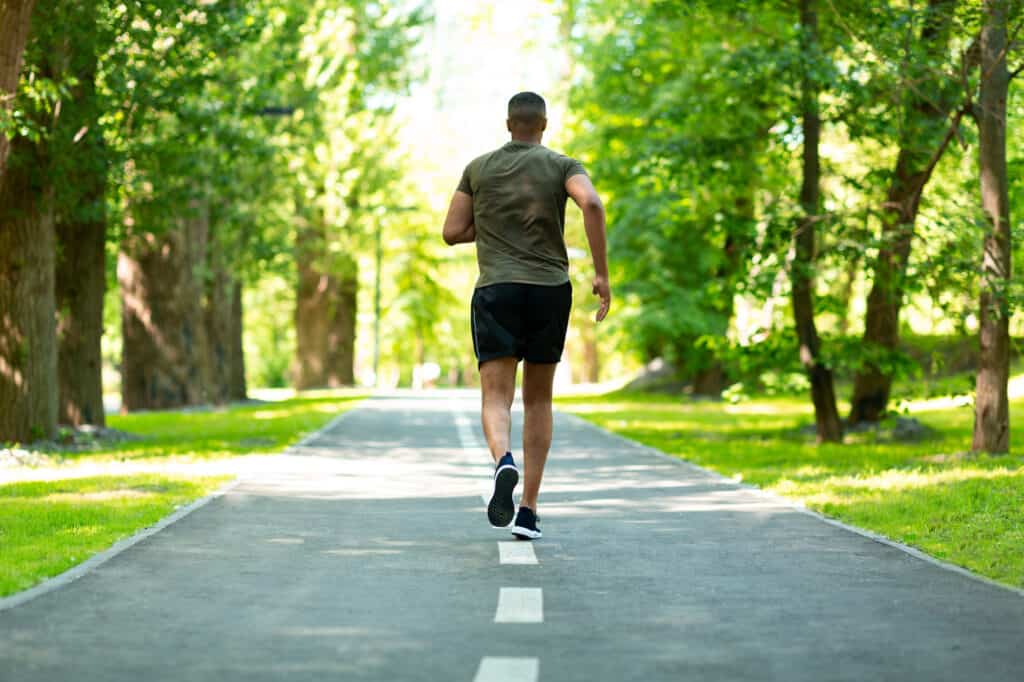
It is okay to walk between runs: For newbie runners, it is perfectly fine to walk between runs. I.e., run for a minute, walk for a minute, and so on.
Walking will benefit you in two ways: it will prevent the extra usage of glycogen (our primary energy source) and help decrease muscle fatigue.
However, you only need to start walking between runs if you feel you need to slow down and are tired. Eventually, with experience, there will be no need to take walks between runs altogether.
No need to run daily: When you start running as an activity, the body needs to recover from the exertion. Instead of running daily, aim for three to five days (preferably alternating) in a week so that the body adapts to the training regimen and recovers well.
If you don’t leave adequate time between runs for rest and recovery, you are setting yourself up for injury, which may stop you from running altogether.
Distance is just a number: Aim for only a short distance, especially in the early stages of running.
The primary objective is to get physically fit and get into an exercise routine while increasing the heart rate consistently.
In the early stages, don’t get hung up on the distance. Just “go for a run.” Then, with experience, you can gradually increase the distance once your body adapts to your new routine.
Getting sore is natural: If you have just started running, you can expect soreness in the muscles all over the body. It’s called DOMS (delayed onset muscle soreness).
It usually comes on the day after exercise. This next day soreness will ease with further movement.
However, if you consistently get pain in a specific body area, we recommend you consult a physical therapist to find the root cause and resolve the underlying issue.
Missing a day or two is okay: When you start running, if you miss a day or two, it is perfectly fine.
There is nothing to fret about. Just pick yourself up and get on with it on your next run. It will not significantly impact your fitness.
Many people lose interest or get discouraged if they skip running sessions, which should not be the case. Just resume with the same enthusiasm, put the pedal to the metal, and soldier on without any regrets.
Do not skip the before and after routine: Getting adequately warmed up before you begin a run is a must. Why? Because your muscles need to be well-adjusted to the exertion they are about to experience to prevent injury.
To do this, kicking your knees, stepping side to side, and flicking the heels is fine. Likewise, practice easy stretching movements after your run to help the muscles stretch and recover faster.
Both warmups and cold downs are necessary to reduce the risk of injury. Consult a physical therapist to learn how to do this more effectively.
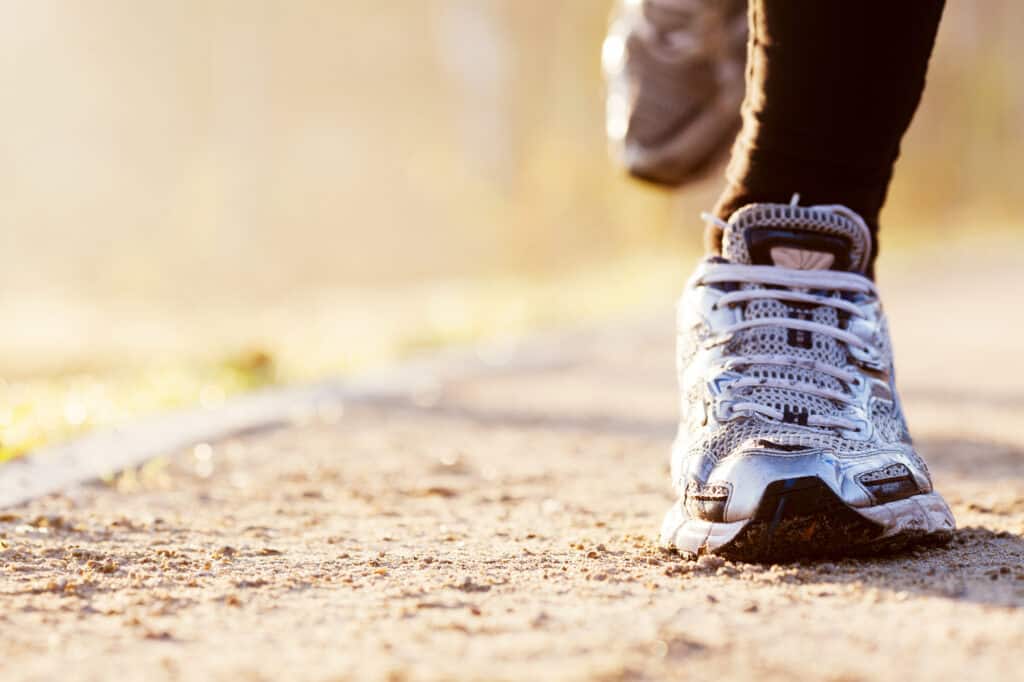
Select the proper footwear: While most people use standard trainers for their runs, investing in high-end running shoes is well worth the money.
These shoes offer greater support and comfort with proper cushioning to minimize the risk of injury.
Shoes can also be custom-made per the specific measurements and shape of your feet by going for gait analysis with a physical therapist.
Need Advice Before You Start Running?
"Tell Us Where It Hurts..."
And We’ll Send You Our Best Advice And Top Tips In One Special Report...
It’s FREE! Just Look Below And Find The One That Works Best For You...

